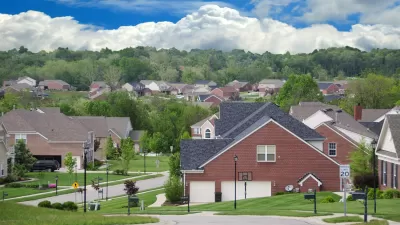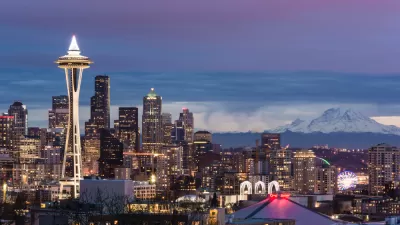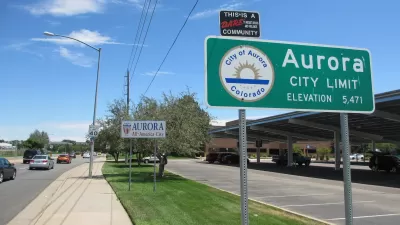As the nation becomes more racially diverse, so too do the suburbs.

In his new book, William H. Frey maps out a shifting American identity, where the traditional sameness of the suburbs is replaced by a growing diversity of families of color. In this post, adapted from his book, Diversity Explosion, he zeros in on the movement of white residents of the 100 largest metropolitan areas. Driven by economic changes—rising costs of living in coastal cities and economic declines in northern industrial towns—whites are moving to cheaper and more prosperous cities and suburbs of the South, such as the Sun Belt areas in and around Austin and Phoenix.
Suburbs across the country reflect the country’s stagnant white population growth and a growing population of child-bearing minorities. According to Frey, "Suburbs will continue to grow in the future, but increasingly as a result of the rapid growth of the nation’s growing young minority families."
FULL STORY: The end of suburban white flight

Planetizen Federal Action Tracker
A weekly monitor of how Trump’s orders and actions are impacting planners and planning in America.

Map: Where Senate Republicans Want to Sell Your Public Lands
For public land advocates, the Senate Republicans’ proposal to sell millions of acres of public land in the West is “the biggest fight of their careers.”

Restaurant Patios Were a Pandemic Win — Why Were They so Hard to Keep?
Social distancing requirements and changes in travel patterns prompted cities to pilot new uses for street and sidewalk space. Then it got complicated.

Albuquerque Route 66 Motels Become Affordable Housing
A $4 million city fund is incentivizing developers to breathe new life into derelict midcentury motels.

DC Area County Eliminates Bus Fares
Montgomery County joins a growing trend of making transit free.

Platform Pilsner: Vancouver Transit Agency Releases... a Beer?
TransLink will receive a portion of every sale of the four-pack.
Urban Design for Planners 1: Software Tools
This six-course series explores essential urban design concepts using open source software and equips planners with the tools they need to participate fully in the urban design process.
Planning for Universal Design
Learn the tools for implementing Universal Design in planning regulations.
Heyer Gruel & Associates PA
JM Goldson LLC
Custer County Colorado
City of Camden Redevelopment Agency
City of Astoria
Transportation Research & Education Center (TREC) at Portland State University
Camden Redevelopment Agency
City of Claremont
Municipality of Princeton (NJ)




























